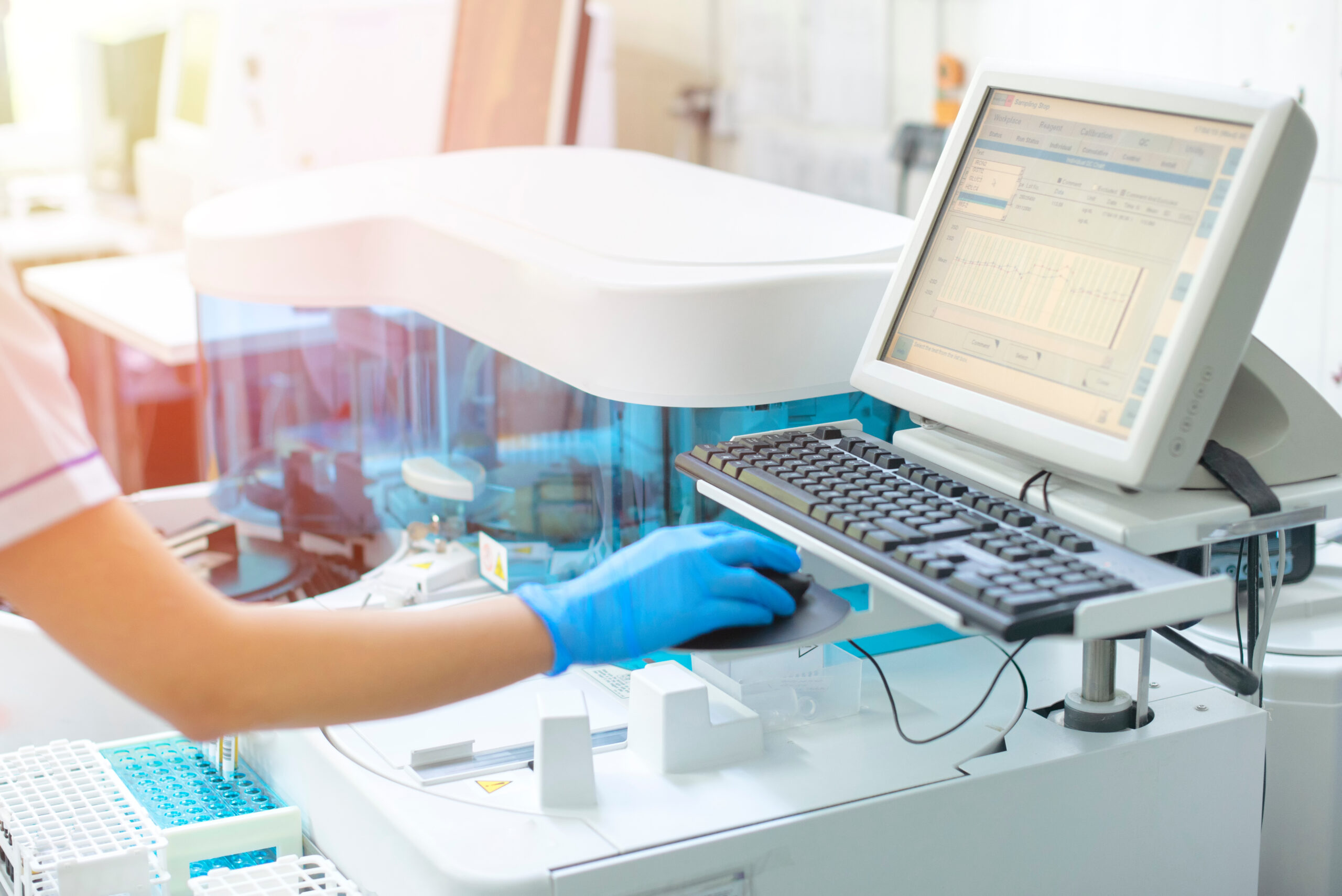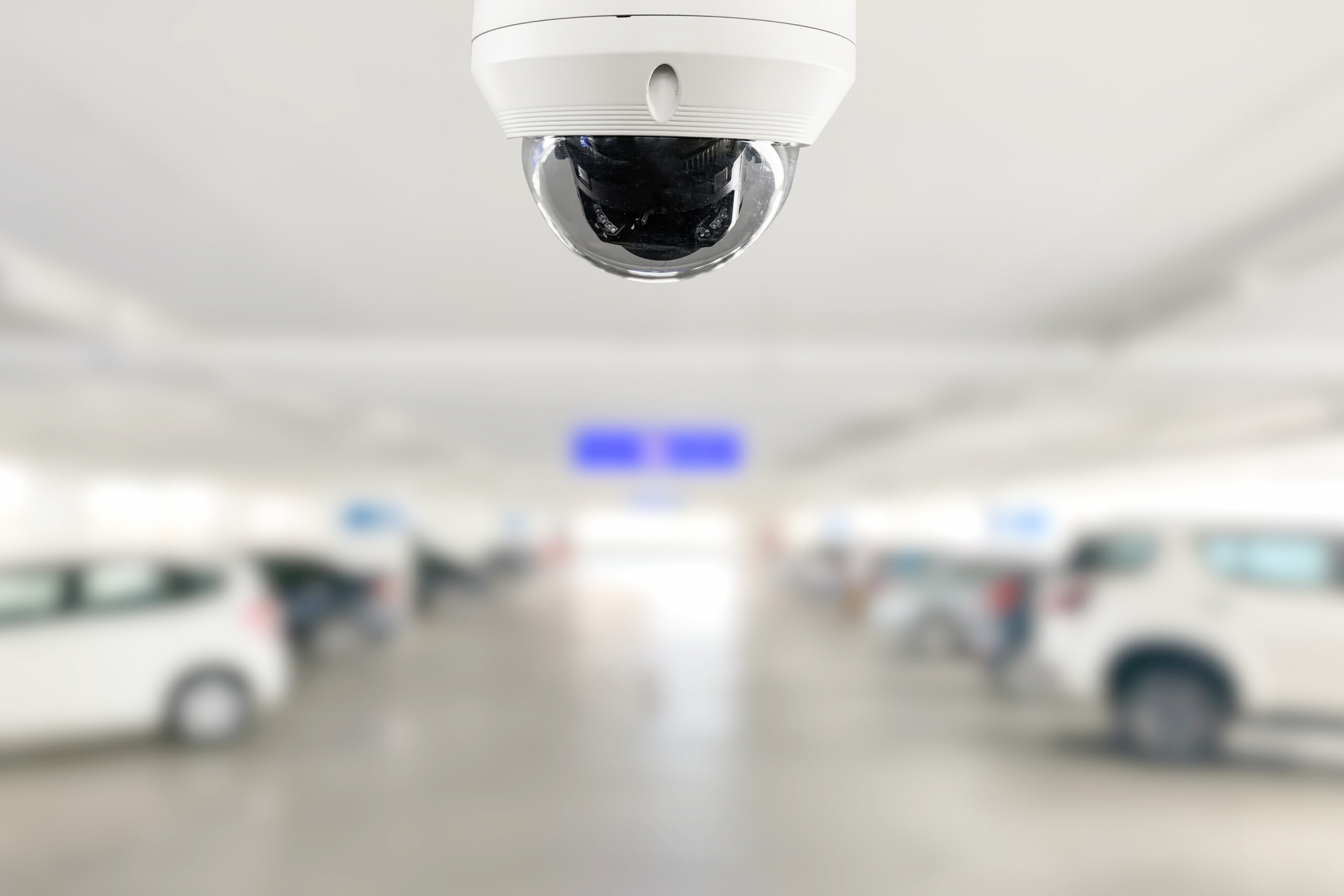Monitoring Health with Sound Recognition AI
Advanced sound recognition technology in healthcare detects critical noises like falls or calls for help, enhancing safe...

In modern healthcare settings, continuous patient monitoring poses a significant challenge, especially in maintaining both safety and privacy. Traditional methods, which rely heavily on visual and physical monitoring, often fall short in efficiency and can be overly intrusive.
The Problem: Traditional Patient Monitoring
The increasing complexity of healthcare needs has intensified the challenges associated with traditional patient monitoring methods. These conventional systems often require either constant physical presence or visual surveillance, which can intrude on patient privacy and dignity. Physical monitoring is labour-intensive, demanding significant time from healthcare staff that could be better utilised in direct patient care. Visual monitoring, typically involving cameras, raises ethical concerns about privacy, especially in sensitive environments like bedrooms or bathrooms.
Reliance on these methods can lead to delayed responses to emergencies, as staff may not always observe the incident in real-time, thereby increasing the risk to patients.
Advanced sound recognition technology is emerging as a vital solution to enhance patient monitoring while addressing privacy concerns in healthcare settings. This technology harnesses artificial intelligence to detect specific sounds that indicate emergencies or needs for assistance.
The Solution: AI for Healthcare Monitoring
This innovative approach not only enhances patient safety but also respects their privacy and dignity, marking a significant advancement in healthcare technology.
- Immediate Response: By detecting critical sounds, the technology alerts staff instantly when a patient needs urgent attention, significantly reducing response times.
- Non-Intrusive Monitoring: It offers a non-visual monitoring option that respects patient privacy and is less likely to be perceived as invasive.
- Resource Optimisation: Automating sound detection reduces the need for constant physical presence from healthcare workers, allowing them to focus on other critical care tasks and reducing labour costs.
The adoption of sound recognition technology in healthcare represents a strategic response to the dual demands of patient safety and privacy. Its ability to provide real-time alerts based on specific sounds not only enhances emergency responsiveness but also contributes to a more dignified patient experience. This technology’s continued integration into healthcare settings promises significant improvements in patient care and operational efficiency.
Subscribe to our newsletter
See why business of all sizes use Risso AI for sound analysis


